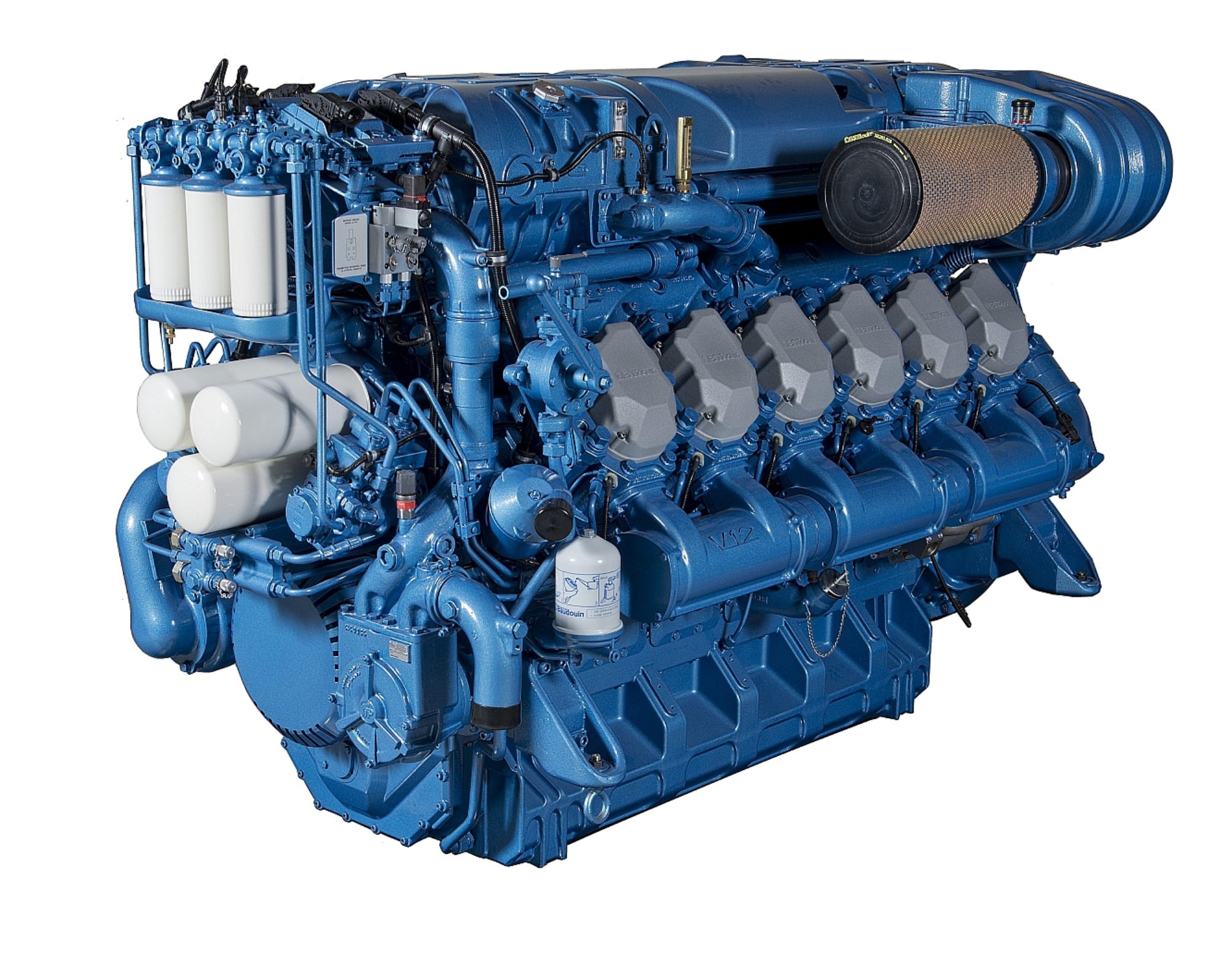We are amidst the biggest revolution in the automotive industry since Henry Ford’s first production line started turning back in 1913; And it is happening at an alarming rate. Many industry observers believe we have already passed the tipping point where sales of electric vehicles (EVs) will very rapidly overwhelm petrol and diesel cars.
The EV market is about where the internet was around the late 1990s or early 2000s. Back then, there was a big buzz about this new thing with computers talking to each other; look where we are now. As little as 3 years back, the novelty of the Tesla was at a similar position.
The internet, like all successful new technologies, did not follow a linear path to world domination. It didn’t gradually evolve, giving us all time to plan ahead.
Its growth was explosive and disruptive, crushing existing businesses and changing the way we do almost everything.
It is important to recognize that nearly all marine engine manufacturers use their presence in the automotive industry to absorb R&D costs. The large population of vehicles offer security in cash flow both through sales and aftersales. This carries over to component and systems manufacture as well. For instance, fuel injection systems can carry their product development from automotive to marine with all research being subsidized by the auto industry. In fact, leading fuel injection equipment manufacturers, vary of the emerging trend, have announced a 30% increase in their cost of supply this year. It is inevitable that others will follow suit. It is therefore essential to follow vehicle developments as it will have a significant impact on cost of marine engines and its parts.
The marine sector has begun seeing the effects of EV developments trickling in. After all the market is always dictated by the mindset of its clients and compatibility that can be served through technology.
Late last year Yamaha showed off electric motor systems from 47HP to 200HP. Now it is adding electric hyper-car manufacturers to its growing list of potential customers.
The company’s latest innovation is a 469 HP electric drivetrain. That’s more powerful than 95% of all cars and trucks on the road today

Yamaha 469 HP Electric Drive Unit
The emergence of electric Outboard Motors has not yet taken an effect in the marine industry as the successful foray of models of 50HP and above are held back by battery technology.

EVOY 150HP Electric Outboard
However, exciting developments in technology such as the “million-mile battery”, the “solid state battery” and the “aluminum air battery” are beginning to pay respectable dividends.
It is noteworthy that over the past 5 years, the cost of Electric Power has dramatically reduced from $1000 per Kw to $100 per Kw. This is now almost on par with fossil fueled derivatives. Many nations and vehicle manufacturers have announced plans to completely switch over to electric from year 2025 to 2030.
Having invested heavily in the EV industry, it is widely believed that China will dominate the global market in the next few years. It was the Japanese auto industry emergence in the 1990s and that dominates the world today. It is no secret that China has developed both its technology and quality in leaps and bounds.
It is indeed an interesting period where we will witness a major transformation from fossil fuel to electric across all industries. This is perhaps more significant than the switch from steam to diesel and gasoline as today we are more reliant on mobility and energy demands.











 been repaired. The Reverse duct and Hydraulic control rods are renewed after accident damage.
been repaired. The Reverse duct and Hydraulic control rods are renewed after accident damage.